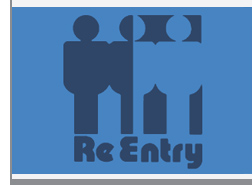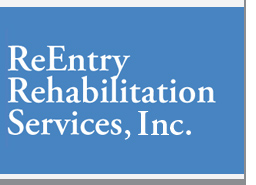Individuals with Disabilities Education Act (IDEA)
The Individuals with Disabilities Education Act (IDEA) was enacted by Congress in 1975 to ensure that children with disabilities receive a free appropriate public education. IDEA requires placement in the least restrictive environment.
Early intervention services are authorized under Part C of the IDEA for children birth to age 3 with developmental delays or disabilities. If you are concerned about your baby or toddler’s development, you can contact your local program and ask to have your child evaluated. If your child is found eligible for early intervention services, your child’s needs will be assessed and an Individualized Family Service Plan (IFSP) will be written. Early intervention services may include assistive technology, audiology or hearing services, speech and language services, counseling and training for the family, medical services, nursing services, nutrition services, occupational therapy, physical therapy and psychological services. At age 3, children who are developmentally delayed transition out of early intervention and into special education preschool. The early intervention program will meet with you to develop a transition plan at least 3 months before your child turns 3.
Children ages 3 to 22 (or older in some states) with disabilities receive special education and related services under Part B of IDEA. A child is identified as possibly needing special education and the child is evaluated to determine whether the child has a disability that requires the provision of special education services, what the child’s specific educational needs are, and what services are appropriate for addressing those needs. Once the child is found eligible for services, a meeting is held to write an individualized educational program (IEP). The school system schedules and conducts the IEP meeting, which includes the IEP team and the parents. The IEP contains the child’s present levels of academic achievement and functional performance, annual goals for the child, and the special education and related services to be provided to the child. Special education involves adapting the content, methodology or delivery of instruction. Related services may include speech-language pathology, audiology, interpreting, psychological, physical therapy, occupational therapy, counseling, orientation and mobility, school health, school nurse, and social work services. Supplementary aids and services may include use of adapted equipment, assistive technology, a one-on-one aide, adapted materials, staff training, etc. The IEP team can also develop a behavior intervention plan for students with disabilities whose behavior impedes their learning or the learning of classmates.
The school is responsible for implementing the IEP and measuring the child’s progress toward the annual goals as stated in the IEP. The IEP is reviewed by the IEP team at least once a year and is revised as necessary. At least every 3 years, the child must be re-evaluated to determine whether the child continues to be a child with a disability, and what the child’s educational needs are. IDEA requires transition services to prepare students to move from school to post-school. Transition planning is done by the IEP team and the parents and must start by the time the student reaches age 16. The IEP must state the student’s postsecondary goals, IEP goals that represent the steps the student needs to take to get ready for achieving the postsecondary goals, and transition services the student will receive. Areas to be considered during transition planning include postsecondary education, vocational education, integrated employment, adult services, independent living, and community participation.


